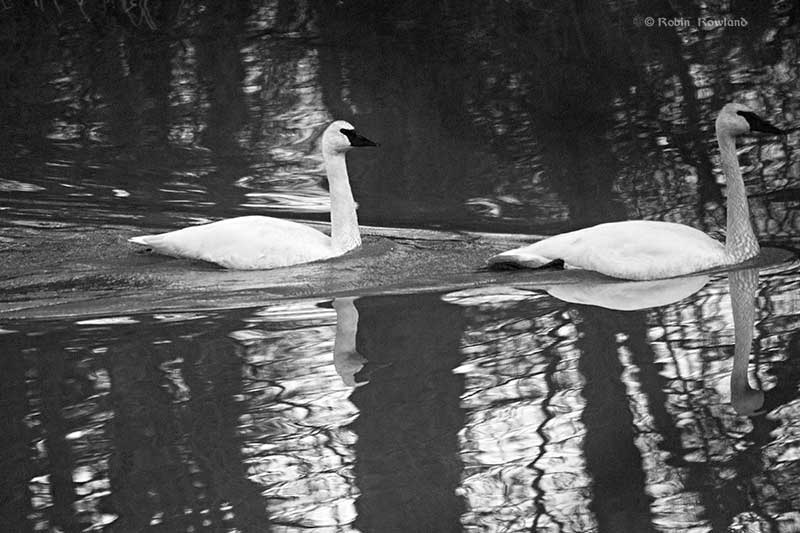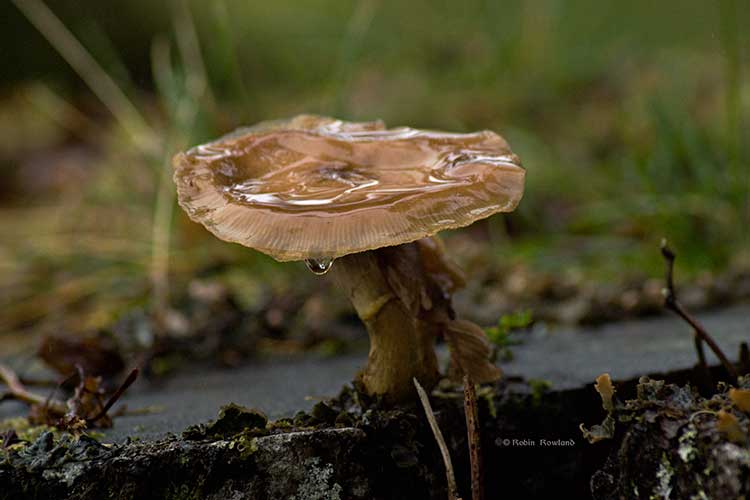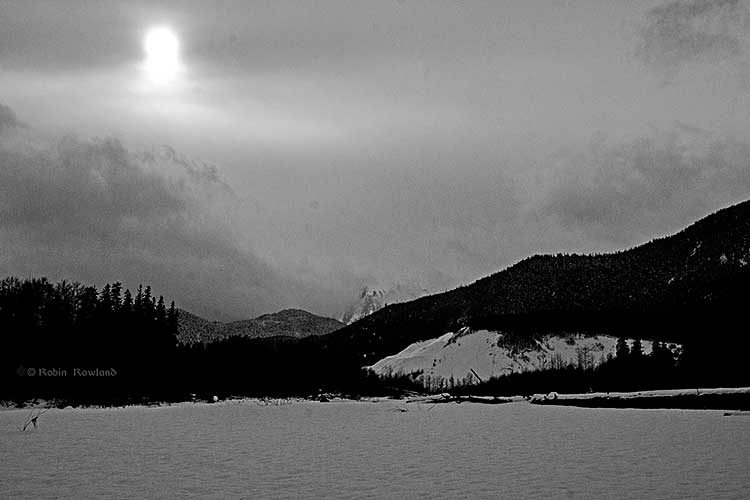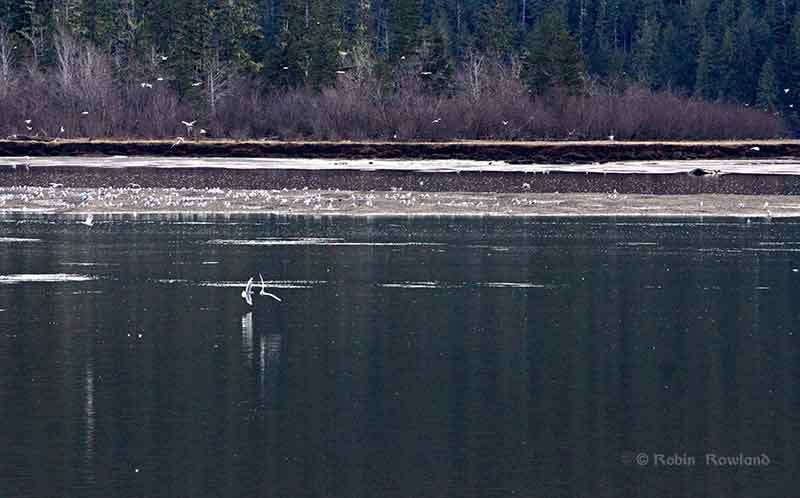The Haisla Bridge Replacement Project, Girder Launching Ceremony, June 14. 2022. Pylons anchored deep into bedrock of the Kitimat River will soon be mounted with giant steel girders. The new bridge project is expected to be completed by spring, 2023, then the old bridge from 1953 with its familiar humming vibration on the old deck […]
Tag: river
The Kitimat branch line operating trestle bridges
The 38.5 mile (62 kilometre) Canadian National Railways branch line from Terrace to Kitimat is one of the last working rail lines in North America that still uses wooden trestle bridges. There are three large and three smaller trestles along the line, as well a large bridge built to cross the Skeena River at Terrace […]
Christmas bird count in the Kitimat estuary
A great blue heron sits on some debris in Kitimat harbour, during my annual visit to the estuary for the Christmas bird count, Dec. 14, 2014. (Robin Rowland). There was more late afternoon light than last year . On the other hand, while my birdwatching colleagues did list lots of species around the area, the […]
Mushrooms catching the rain
Driving back to Kitimat from Prince Rupert on the afternoon of September 29, 2014, I stopped, as I often do, at the Basalt Creek rest area. Took a few shots of the Skeena and the railway tracks for a story I was working on about pipelines along the river. Then out of the corner of […]
Kitimat River and Sand Hill, sunset, February 20, 2014
The sun sets over the Kitimat River and the snow covered Sand Hill, in Kitimat, BC, February 20, 2014. Converted to black and white using Perfect Effects 8 to emulate Ilford FP4125, with some highlights and shadow enhancement. (Robin Rowland) Original image. The sun sets over the Kitimat River and the snow covered Sand Hill, […]
The Skeena, the oolichan and the frenzy of the gulls
The oolichan, the tiny oil rich fish that sustained the First Nations of British Columbia for millenia come up the rivers in the early spring. At least they come up those rivers where oolichan (Thaleichthys pacificus) still survive. Like the salmon, the oolichan live their adult lives in the ocean and then return to their […]





